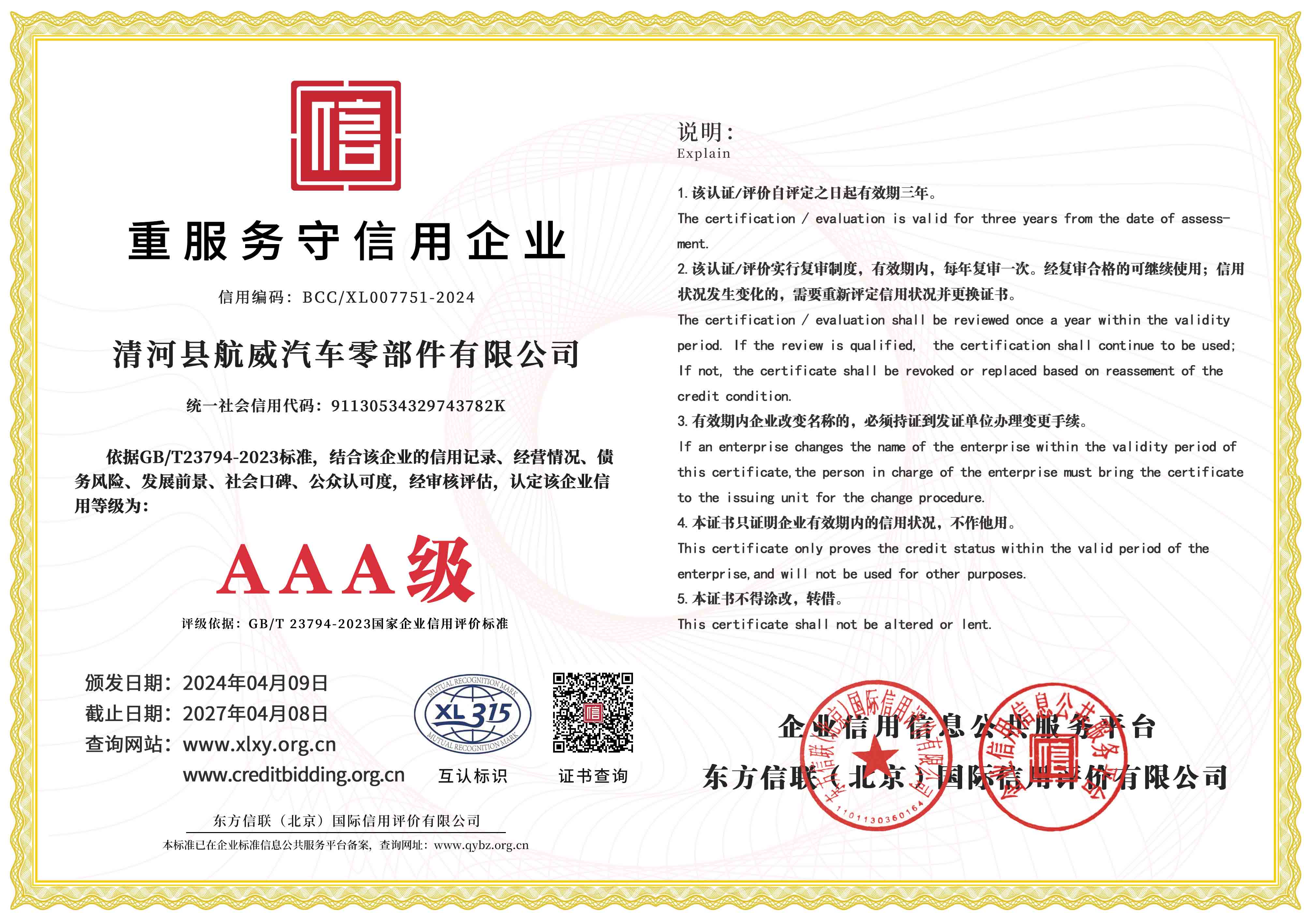Universal Handbrake Cable Options for Your Vehicle's Performance and Safety Needs
Understanding the Universal Handbrake Cable A Key Component for Vehicle Safety
The handbrake, or parking brake, is an essential component of any vehicle, ensuring that the car remains stationary when parked. Among the various parts that make up the handbrake system, the universal handbrake cable plays a pivotal role in functionality and safety. This article delves into the universal handbrake cable, exploring its design, function, importance, and maintenance.
What is a Universal Handbrake Cable?
A universal handbrake cable is a specially designed component that serves to transmit the force exerted by the handbrake lever to the brake mechanism. Unlike vehicle-specific cables that may only fit particular makes and models, a universal handbrake cable can be adjusted for various vehicles. This versatility makes it an attractive solution for mechanics and automotive enthusiasts who may be working on different types of vehicles.
Typically, the universal handbrake cable is made from strong materials such as steel, which offers the durability and strength needed for effective performance. Many cables also feature a plastic or rubber coating to protect against corrosion and wear, ensuring that they last longer under various environmental conditions.
The Function of the Handbrake Cable
When a driver pulls the handbrake lever, the cable tightens, pulling the brake shoes or pads against the rotating parts of the wheel hub. This friction prevents the vehicle from rolling on slopes and provides an extra layer of safety when parked. The universal handbrake cable is designed to provide smooth and consistent operation, allowing users to engage and disengage the brake effectively.
Proper tension in the handbrake cable is crucial. If the cable is too loose, the handbrake may fail to hold the car in place; if it is too tight, it can cause unnecessary wear on the brake components and may even lead to brake drag.
Importance of Quality and Compatibility
universal handbrake cable

The quality of the universal handbrake cable is paramount. Cheaper cables may be tempting, but they often lack the durability and reliability needed for safe vehicle operation. A quality cable should resist stretching and breaking and be easy to install with adjustable lengths to suit different vehicles.
Compatibility is another significant aspect. While universal cables can fit various models, it is important to ensure that the specific dimensions and fittings are correct for the vehicle in question. Mechanic shops and parts suppliers often provide charts or guidance to help find the right fit.
Maintenance of the Handbrake Cable
Regular maintenance of the handbrake cable is vital to ensure functionality and safety. Here are some tips for maintaining your handbrake cable
1. Inspect Regularly Check for signs of wear, such as fraying or rust, which can indicate impending failure. 2. Lubricate Apply lubricant to the cable to prevent stiffness and corrosion. This will ensure smooth operation. 3. Adjust Tension Periodically check the tension of the cable and make adjustments if necessary to maintain optimal performance.
4. Replacement If significant wear is detected, it’s advisable to replace the handbrake cable promptly. Delaying this can compromise safety.
Conclusion
The universal handbrake cable is a critical yet often overlooked component that contributes to vehicle safety and functionality. Understanding its role, ensuring proper installation, and committing to regular maintenance can help prolong its lifespan and enhance driving safety. Always consult with a professional mechanic if unsure about the quality or fit of a handbrake cable in your vehicle. Investing in a high-quality universal handbrake cable is not just a matter of convenience but a vital step toward ensuring the reliability and safety of your vehicle on the road.
-
Workings of Clutch Pipe and Hose SystemsNewsJun.04,2025
-
The Inner Workings of Hand Brake Cable SystemsNewsJun.04,2025
-
The Secrets of Throttle and Accelerator CablesNewsJun.04,2025
-
The Hidden Lifeline of Your Transmission Gear Shift CablesNewsJun.04,2025
-
Demystifying Gear Cables and Shift LinkagesNewsJun.04,2025
-
Decoding Clutch Line Systems A Comprehensive GuideNewsJun.04,2025
